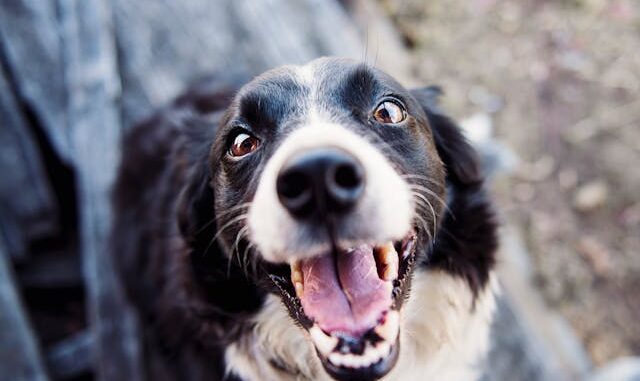
In the picturesque province of Ontario, where bustling cities harmonize with serene countryside landscapes, the safety and well-being of residents, both human and animal, remain paramount. Among the various concerns facing communities, dog attacks and bites stand out as potential hazards that require prompt attention. Understanding when to contact animal control and the importance of reporting such incidents is crucial in ensuring public safety and preventing future harm.
Knowing when to reach out to animal control authorities is essential for swiftly addressing dog attacks and bites. Animal control should be called in the following situations:
- Immediate Danger:
If a dog attack or bite is currently in progress or poses an imminent threat to safety, it is imperative to contact animal control immediately. Prompt intervention can help prevent further harm to individuals or other animals involved. - Serious Injuries:
In cases where the dog attack results in serious injuries to humans or other animals, contacting animal control is necessary. Animal control officers are trained to assess the severity of the situation and coordinate appropriate medical care if needed. - Repeated Aggression:
If a dog has a history of aggression or has been involved in multiple incidents, reporting to animal control becomes essential. Identifying patterns of behavior enables authorities to take proactive measures to address the underlying causes and prevent future attacks. - Unknown or Stray Dogs:
When encountering a dog attack involving unknown or stray dogs, contacting animal control is crucial for public safety. Animal control officers can safely capture and assess the animals to determine any potential risks they may pose.
Reporting dog attacks and bites is vital for several reasons, underscoring the importance of timely intervention and accountability:
- Public Safety:
Reporting dog attacks and bites helps safeguard the well-being of communities by identifying and addressing potential risks. Prompt intervention by animal control authorities ensures that appropriate measures are taken to prevent further harm and mitigate safety hazards. - Prevention of Disease Transmission:
Dog bites and attacks can result in the transmission of infectious diseases such as rabies. Reporting such incidents allows animal control officers to assess the health status of the animals involved and take necessary precautions to prevent the spread of disease. - Legal Accountability:
Reporting dog attacks and bites establishes a record of the incident, facilitating legal accountability for the dog owner or responsible party. In Ontario, dog owners are liable for damages caused by their pets under the Dog Owners’ Liability Act, reinforcing the importance of reporting incidents for legal recourse and compensation. - Behavioral Assessment:
Documenting dog attacks and bites enables animal control authorities to conduct behavioral assessments of the animals involved. Understanding the underlying causes of aggression allows for targeted interventions such as training or behavioral modification programs to address problematic behaviors.
Before contacting animal control to report a dog attack or bite, it is essential to have the following information on hand:
- Location and Time of Incident:
Providing the precise location and time of the incident enables animal control authorities to respond promptly to the scene. This information facilitates a swift assessment of the situation and deployment of resources as needed. - Description of the Dog(s) Involved:
A detailed description of the dog(s) involved in the attack, including breed, size, color, and any distinguishing features, aids in their identification and apprehension by animal control officers. - Injuries Sustained:
Describing the injuries sustained by victims, whether humans or other animals, helps animal control officers assess the severity of the incident and prioritize medical care if required. - Contact Information of Witnesses:
Collecting contact information from witnesses to the dog attack or bite allows for corroboration of details and provides additional perspectives on the events leading up to the incident.
By understanding when to contact animal control, the importance of reporting dog attacks and bites, and the necessary information to have on hand, residents of Ontario can play an active role in promoting public safety and responsible pet ownership. Through collaborative efforts with animal control authorities, communities can create environments where both humans and animals can coexist harmoniously, free from the threat of harm.
